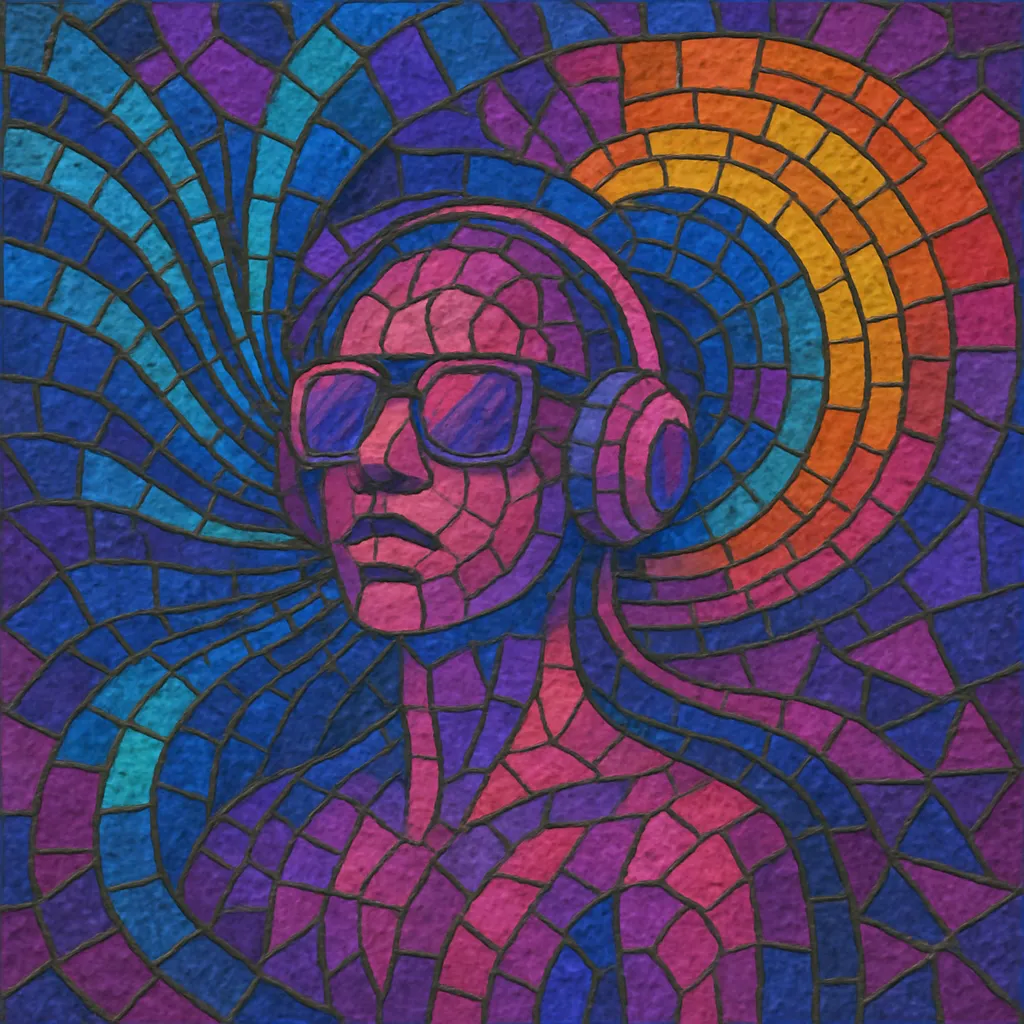Buchiage trance is a high-energy Japanese take on trance designed to "lift up" (buchiage) the dancefloor with bright, anthemic melodies, fast tempos, and euphoric drops. It typically sits around 140–150 BPM, blending supersaw leads, off‑beat basslines, and hands‑in‑the‑air breakdowns that echo both European trance and the Japanese pop sensibility.
The style grew around Japan’s club and ParaPara scenes in the early–mid 2000s and was popularized through compilation series that remixed J‑pop and anime‑adjacent vocals into festival‑friendly tracks. Compared with European vocal trance, buchiage trance is punchier, more neon‑colored, and deliberately structured for synchronized dance routines and quick DJ mixing.
Buchiage trance emerged in Japan in the early 2000s, when domestic club culture, ParaPara dance circles, and J‑pop intersected with Europe’s booming trance and Eurobeat scenes. The term “buchiage” (to pump up or hype) captured the genre’s mission: build high‑octane, melody‑forward tracks that would energize dancefloors and synchronize well with group choreography.
Labels and series were pivotal. FARM Records’ “Buchiage Trance” compilations, Avex’s club imprint activity (e.g., Cyber Trance and broader J‑trance efforts), and Quake Inc.’s sister lines (notably “Hime Trance”) created a feedback loop between clubs, ParaPara circles, and retail. Producers specialized in turning J‑pop hooks into 140–150 BPM trance anthems with supersaw leads, snare rolls, and DJ‑friendly intros/outros.
The sound fused Euro‑trance and hard trance frameworks with Japanese pop harmony and melody. Off‑beat basslines and clap‑driven drums referenced Eurobeat and nascent Hands Up, while breakdowns foregrounded soaring vocal refrains or lead synth themes. Key changes near the final chorus and glittering, compressed supersaws became stylistic signatures.
By the late 2000s the compilation boom cooled, but buchiage trance left a lasting imprint on Japanese club remixes, ParaPara culture, and the broader J‑trance continuum. Its melodic tropes and high‑tempo euphoria still inform contemporary anison/club remixes and niche revival events.


